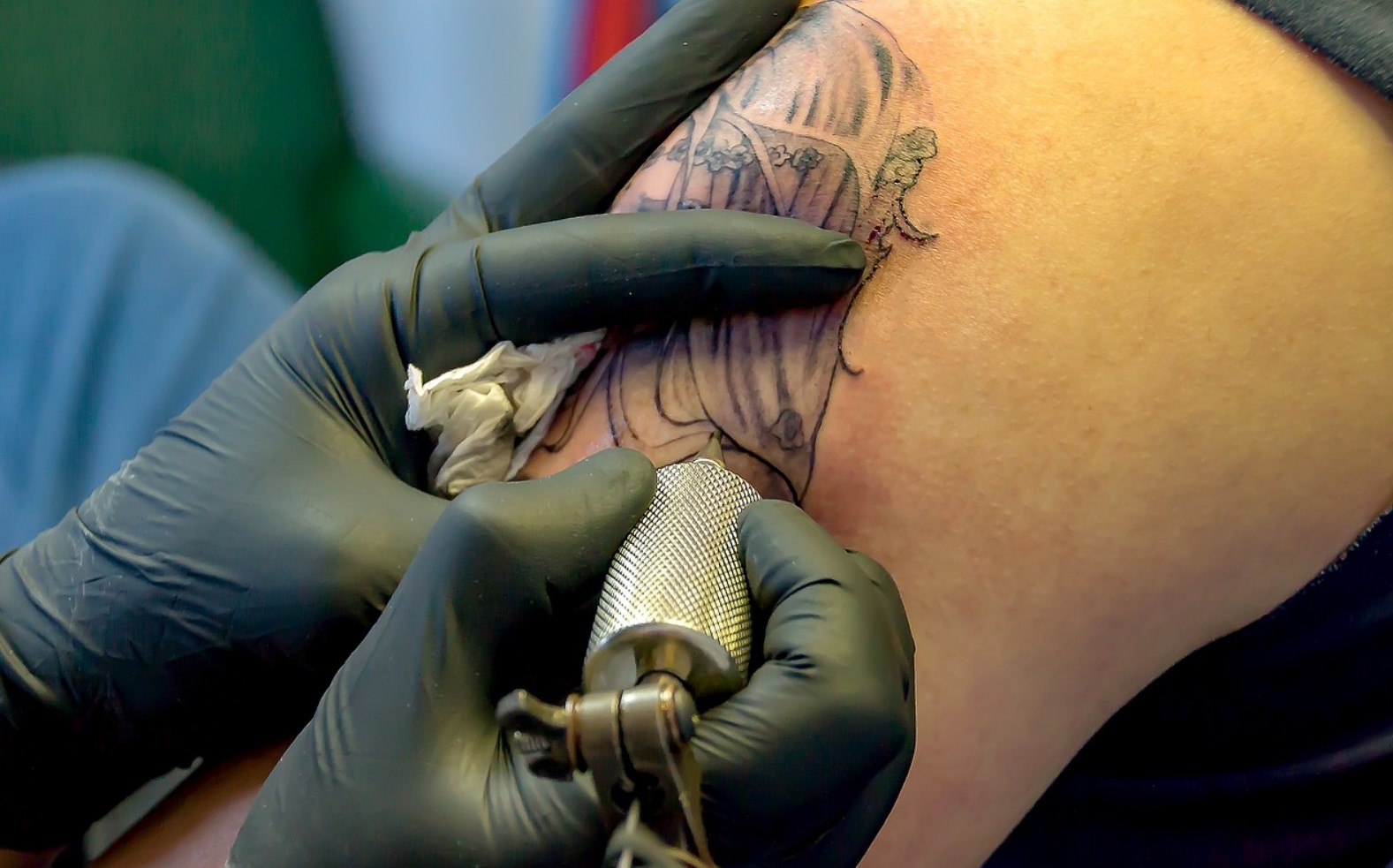 By B.N. Frank
By B.N. Frank
As tattoos continue to increase in popularity worldwide among people of all ages, the European Commission has started to “crack down” on harmful ingredients in ink. Can Americans count on U.S. regulatory agencies to do the same?
From Ars Technica:
Scientists explore chemistry of tattoo inks amid growing safety concerns
“Every time we looked at one of the inks, we found something that gave me pause.”
Scientists at Binghamton University (State University of New York) have analyzed nearly 100 different tattoo inks and found that the manufacturers’ ingredient labels (when used) are often inaccurate and that many inks contain small particles at the nanoscale that could be harmful to human cells. They presented their findings at this week’s meeting of the American Chemical Society (ACS) in Chicago.
According to principal investigator John Swierk, a chemist at Binghamton, the project initially started when his group became interested in tattoos as tools for medical diagnostics. This shifted to an interest in tattoo laser removal, specifically how laser light causes tattoos to fade. “We realized we didn’t understand a lot about the interaction between light and tattoos,” Swierk said during a press briefing at the ACS meeting. “My group studies how light can drive chemical reactions, so it was a natural fit.”
That meant learning more about the chemical composition of tattoo inks, which is also not well understood. One reason for this significant gap in scientific understanding is that in the US, at least, manufacturers of tattoo inks aren’t required to disclose the ingredients, and even when they do, there is no real oversight of whether those disclosures are correct, per Swierk.
Typical tattoo ink contains one or more pigments (which give the ink its color) within a “carrier package” to help deliver the pigments into the skin. The pigments are the same as those used in paints and textiles. They can be either small bits of solids or discrete molecules, such as titanium dioxide or iron oxide (for white or rust-brown colors, respectively). As for the carrier packages, most ink manufacturers use grain or rubbing alcohol, sometimes with a bit of witch hazel added to the mix to help the skin heal after the tattooing process. There may also be other additives to adjust the viscosity and keep pigment particles suspended in the carrier package.
First, the team interviewed several tattoo artists and found that while the artists had their preferred brands, they knew very little about the chemical composition of their favorite inks. Next, Swierk’s lab used various methods to analyze a broad range of commonly used tattoo inks, including Raman spectroscopy, nuclear magnetic resonance spectroscopy, and electron microscopy. This enabled them to identify specific pigments and other ingredients in the various inks.
They found that many ingredients didn’t appear on the manufacturers’ labels, such as one ink that contained ethanol even though it was not listed on the label. And 23 of the inks analyzed thus far show evidence of an azo-containing dye. Such pigments are usually inert, but exposure to bacteria or UV light can cause them to degrade into a nitrogen-based compound that potentially could cause cancer.
Furthermore, says Swierk, “Often the particle sizes used in tattoo inks are very small—less than 100 nanometers in diameter. When you get down to that size regime, you start to have concerns about nanoparticles penetrating into cells, getting into the nucleus and doing damage, possibly causing cancer.” About half of the 18 inks analyzed with electron microscopy had particles in this worrisome size range.
The European Commission has recently begun to crack down on harmful chemicals in tattoo ink, including two widely used blue and green pigments (Pigment Blue 15 and Pigment Green 7), claiming they are often of low purity and can contain hazardous substances. “Anybody getting a tattoo in the US with blue or green tattoo inks should assume that those pigments of concern are going to be included,” said Swierk. “Most tattoo manufacturers are discontinuing the sale of blue and green inks in Europe [in response to the regulatory crackdown], not necessarily changing pigments, because there’s no obvious replacement at this time.”
However, he added that while the EU’s scientific data is concerning, it’s not the definitive conclusion just yet as to the overall safety of the pigments. “Those particular pigments have been used in tattooing for a very long time,” said Swierk. “Much like with everything involving tattooing, it’s incumbent on consumers to make a decision about their particular comfort level and then proceed accordingly.”
That’s why Swierk and his team have created a fledgling website, What’s in My Ink? Their research will ultimately constitute the first comprehensive survey of tattoo inks in the US market, per Swierk. There is currently only rudimentary data from prior peer-reviewed studies available at the site, but once his team completes its analysis of commercial tattoo inks and the resulting data has passed through the peer review process, the site will serve as a valuable consumer resource for information about the composition of tattoo inks.
The science and chemistry at play in our skin reacts with tattoo ink.
Jennifer Ouellette is a senior writer at Ars Technica with a particular focus on where science meets culture, covering everything from physics and related interdisciplinary topics to her favorite films and TV series. Jennifer lives in Los Angeles.
(See original article for additional images)
Activist Post reports regularly about unsafe products and technology. For more information, visit our archives.
Image: Pixabay
Become a Patron!
Or support us at SubscribeStar
Donate cryptocurrency HERE
Subscribe to Activist Post for truth, peace, and freedom news. Follow us on SoMee, Telegram, HIVE, Flote, Minds, MeWe, Twitter, Gab, What Really Happened and GETTR.
Provide, Protect and Profit from what’s coming! Get a free issue of Counter Markets today.

Be the first to comment on "New Research on Tattoo Inks Raises Red Flags: Harmful Nanoparticles, Often Inaccurate Labels, etc."